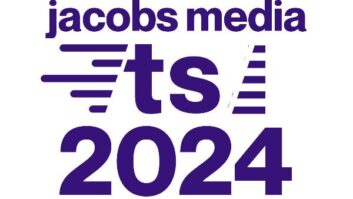The Broadcasting Board of Governors released its annual impact numbers this week and said overall audience reached 278 million people in 61 languages, up from 226 million in 2015. That estimate combines numerous delivery platforms used by its outlets.
BBG says it experienced its “largest ever year-to-year audience increase” across the five outlets: Voice of America, Radio Free Europe/Radio Liberty, Radio and TV Martí, Radio Free Asia and the Middle East Broadcasting Networks (Alhurra TV and Radio Sawa).
It said these are “unduplicated audiences,” meaning each individual is counted only once, regardless of how many programs he or she watches or listens to, or how many media platforms are used. The chart shown is from a BBG factsheet.

The blog BBG Watch, which is often critical of the organization, has argued in the past that these annual estimates are misleading. BBG says its performance information is “appropriate, complete and reliable” and published a fact sheet on its methodology.
In radio, BBG reported an audience increase of 27% to 130 million. Radio Free Europe/Radio Liberty’s audience grew to 26.9 million but Radio Free Asia declined to 6.4 million listeners, BBG says.
As for its digital audiences, which include social media, website traffic, streaming and other non-broadcast platforms, the agency says those platforms saw an increase from 32 million to 45 million.
The country where BBG outlets have the most following is in Indonesia, where a reported 47.8 million people listened, viewed or used BBG programming at least once a week. Mexico followed with a weekly audience of 30.6 million while Nigeria had a weekly audience of 20.8 million. Those countries led last year’s audience reach report for this same category, as well. Other countries with large audiences are Iraq, Tanzania, Afghanistan and Ukraine.
The organization highlighted recent initiatives such as new TV programs for Iraqis; social media outreach for VOA and RFA in Southeast Asia; and a conference on internet freedom in Cuba. It said that RFE/RL and VOA “actively engaged online in providing alternatives to Russian disinformation. In FY 2016, RFE/RL’s DIGIM, the social media arm of Current Time, received 120,000 average weekly engagement actions on Facebook and VOA Russian averaged 45,000 per week.”
The Broadcasting Board of Governors is in the midst of a five-year plan whose priorities included targeting resources to cover key regions of strategic interest, “aggressively” continuing a shift to digital platforms and increasing cooperation among its networks. John Lansing joined in 2015 as its first CEO.











